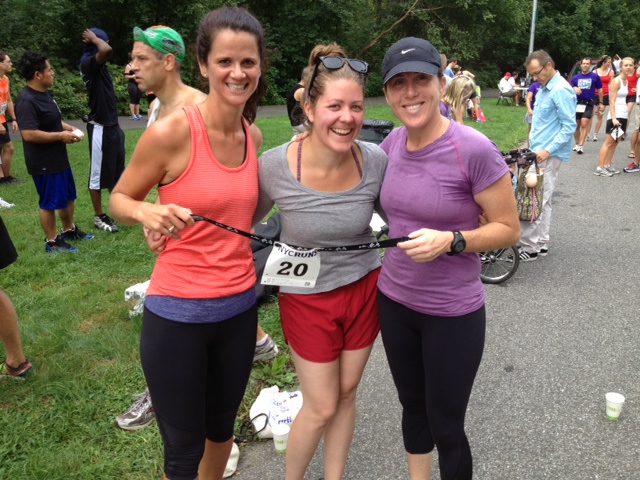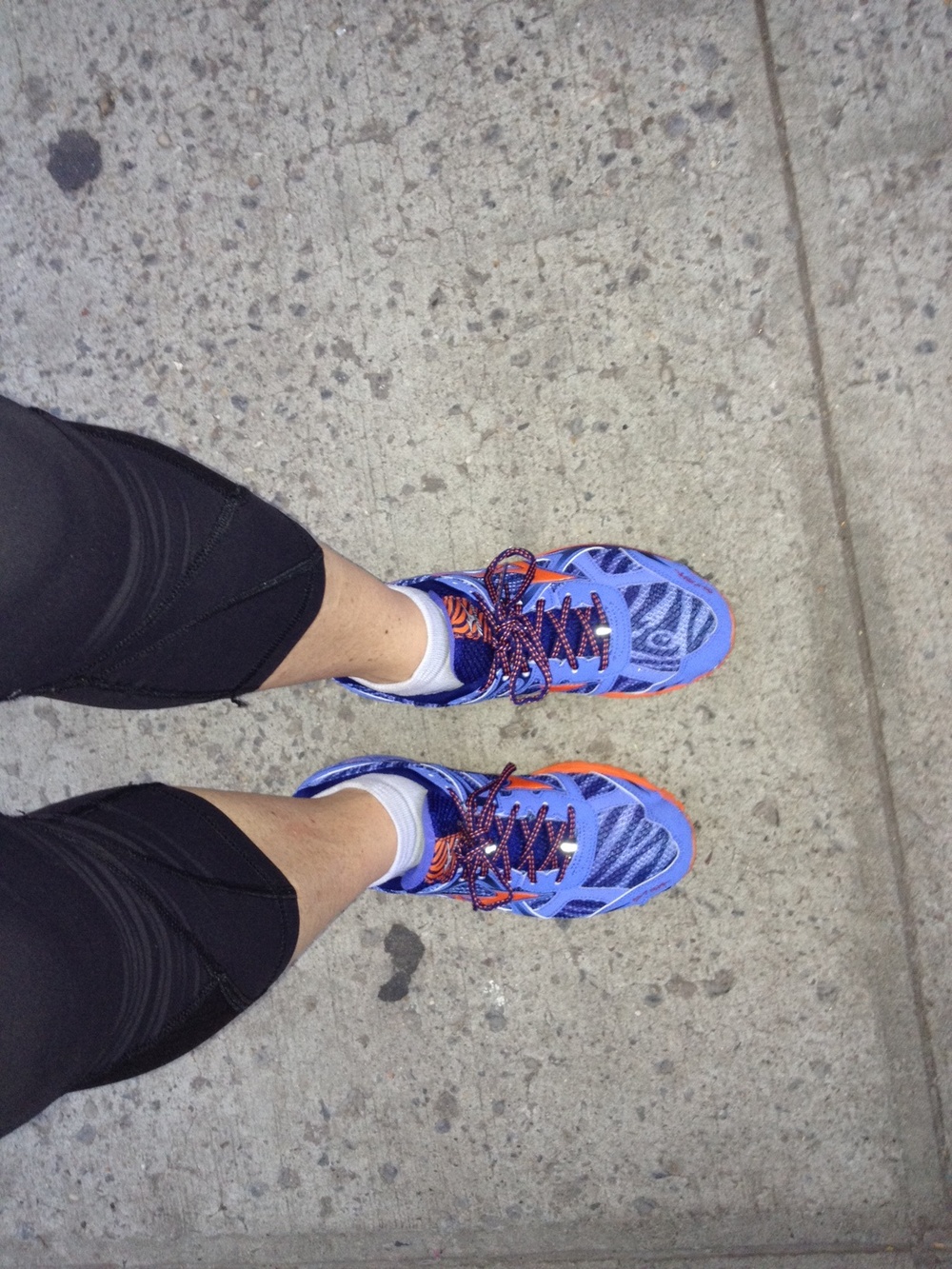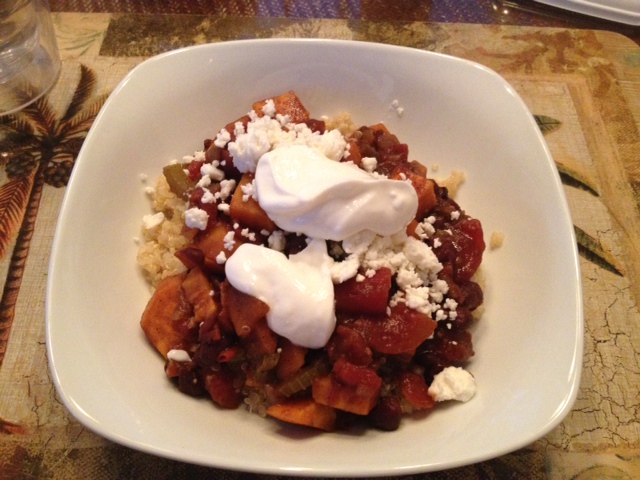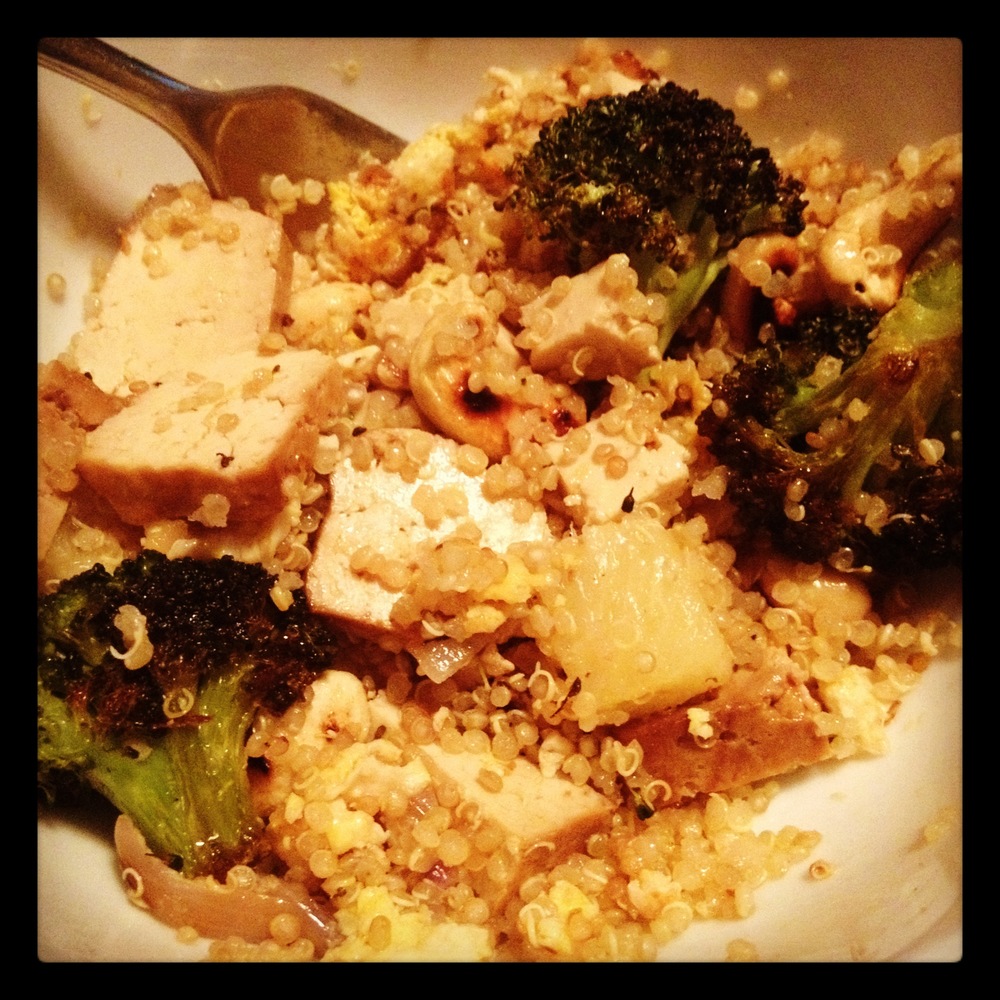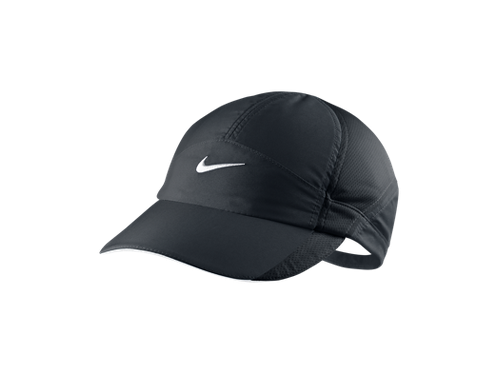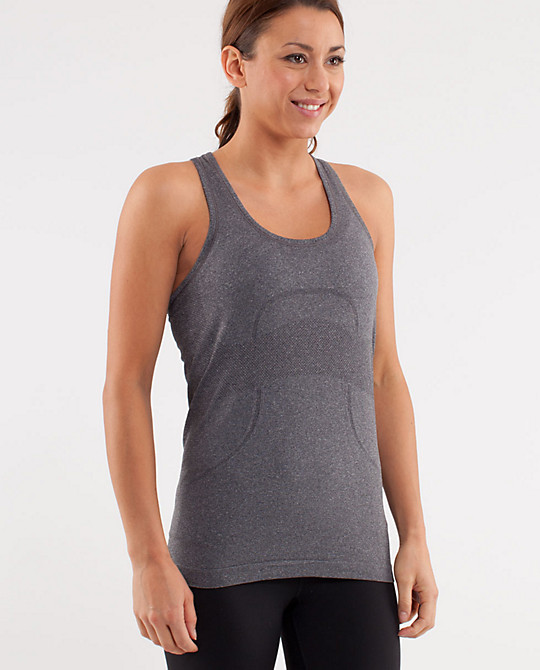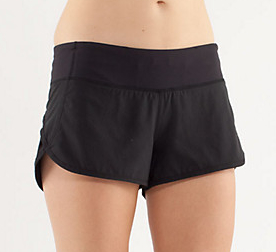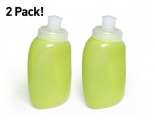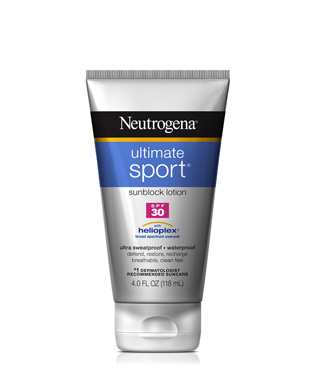 Mom was right, calcium builds strong bones (and teeth) and runners need strong bones. The most recognized source of calcium is dairy - milk, yogurt and cheese. We just can't eat that much dairy (lactose intolerant and boredom) to get our daily allotment, which is 1,000 mg a day, according to the Institute of Medicine. Good news! There are lots of other foods that contain calcium. Did you know that leafy green vegetables and orange juice contain calcium? Put that glass of milk down and read on.
Mom was right, calcium builds strong bones (and teeth) and runners need strong bones. The most recognized source of calcium is dairy - milk, yogurt and cheese. We just can't eat that much dairy (lactose intolerant and boredom) to get our daily allotment, which is 1,000 mg a day, according to the Institute of Medicine. Good news! There are lots of other foods that contain calcium. Did you know that leafy green vegetables and orange juice contain calcium? Put that glass of milk down and read on.
Foods that naturally contain calcium:
1. Sardines: 321 mg (32% DV) in about 7 sardines fillets
They are one of the healthiest fish because they contain calcium, omega 3’s and vitamin D (which the body needs to absorb calcium). Add them to a Greek salad or eat em straight out of the can.
2. Canned Salmon: 232 mg (23% DV) in ½ can with bones (which provides the calcium)
Salmon is touted as a great fish because of the omega 3's. It's also a great source of calcium but you gotta eat the bones! Yup, the bones hold the calcium. Mash up the bones from canned salmon (already softened) and start cooking; you won't even notice they are there. Try these salmon cakes.
3. Kale: 188 mg (19% DV) in 2 cups raw (chopped)
We love kale because it's a superfood! It's full of calcium and antioxidants. Saute it or use it as a salad base. Try this kale salad and add in fruit and veggies!
4. White Beans: 191 mg (19% DV) in 1 cup canned
These legumes are a source of calcium and iron. Make your own white bean hummus dip and eat with cut up veggies for a perfect afternoon snack.
5. Seaweed: 126 mg (13% DV) in about 1 cup raw
Seaweed is full of calcium, fiber, and iodine. Add it to your sushi order or make miso soup at home.
6. Sesame Seeds: 88 mg (9% DV) in 1 tablespoon
These seeds pack a punch. They can help lower blood pressure, reduce inflammation, and contain calcium. Throw a tablespoon on your kale salad or add it to a sautéed spinach dish.
7. Bok Choy: 74 mg (7% DV) in 1 cup
This Chinese cabbage contains vitamins A and C, along with calcium and fiber. Stir-fry bok choy with garlic and olive oil for a side dish.
8. Almonds: 72 mg (7% DV) in ¼ cup dry roasted (about 20 nuts)
Almonds are the most nutritionally dense nut. You've got calcium, potassium, vitamin E, and iron. Grab a handful as a snack, sprinkle on a salad or make your own almond butter. Remember to watch portion control, 2 tablespoons of almond butter contain about 9-10 grams of fat.
9. Oranges: 65 mg (6% DV) in 1 medium fruit
These guys aren't just good for Vitamin C. Throw in your bag for a snack or add orange slices to your salads.
Foods fortified with Calcium
Adding foods fortifying with calcium is an easy way to consume a balanced diet. It's still best to reach for foods with naturally occurring nutrients however, these are great add-ons:
10. Firm Tofu: 861 mg (86% DV) in ½ cup
This textured vegetarian alternative is made of dried soybeans that have been grounded up and boiled. It’s a great way to add protein and calcium to your diet.
11. Orange Juice: 500 mg (50% DV) in 1 cup
In moderation, fruit juice is a welcome addition to any morning and when you are feeling under the weather.
12. Instant Oatmeal: 187 mg (19% DV) in 1 cup
Many cereals and grains are now fortified. We recommend the old-fashioned rolled oats, but we are also practical. Instant oatmeal is a quick and portable breakfast option that’s full of fiber and calcium. Choose the brands without added sugar, such as McCann's.
13. Cheerios: 114 mg (14% DV) in 1 cup
Cheerios contains a significant amount of calcium. If you are avoiding dairy, add them into home-made trail mix and take them with you.
Enjoy your calcium and strong bones!


